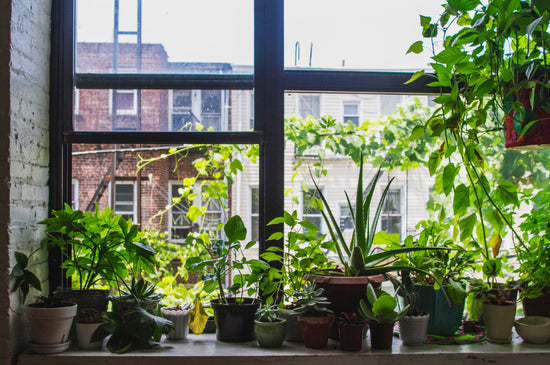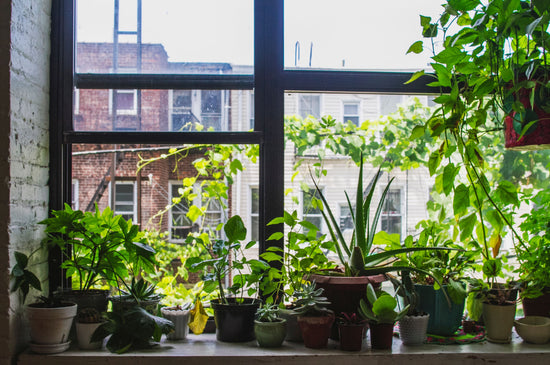Clematis Unveiled: The Ultimate Guide to Luxurious Garden Vines
Introduction: Why Clematis Deserves a Spot in Your Garden
Clematis vines are the epitome of elegance, offering stunning flowers, lush greenery, and the versatility to enhance any garden setting. Whether climbing a trellis, cascading over a fence, or adding color to a shaded corner, clematis vines can transform your outdoor space. Begin your journey to a luxurious garden with Wekiva Foliage’s Clematis Variety Pack, featuring multiple stunning options.
Understanding Clematis: A Plant of Endless Variety
Types of Clematis Vines
Clematis comes in a dazzling array of types, each with unique qualities:
- Clematis Montana: A fast-growing climber with delicate, pastel blooms perfect for expansive areas.
- Evergreen Clematis (Clematis Armandii): Offers lush foliage year-round and fragrant white flowers in spring.
- Sweet Autumn Clematis: Late-blooming with a profusion of small, fragrant flowers ideal for autumn color.
- Clematis Viticella: A resilient variety that thrives in less-than-perfect conditions and produces vibrant flowers.
Popular Clematis Varieties
- Clematis Jackmanii: Known for its deep purple flowers and vigorous growth.
- Nelly Moser Clematis: Offers eye-catching, bi-colored pink and white blooms.
- Clematis Montana Rubens: Ideal for covering fences and trellises with a sea of pink flowers.
Choosing the Right Clematis for Your Space
Consider Your Garden’s Growing Conditions
- Sunlight Needs: Most clematis thrive in full sun, but some varieties like Clematis Armandii perform well in partial shade.
- Soil Requirements: Clematis prefers well-draining soil enriched with compost or organic matter.
Growth Habits and Placement
- Climbers: Use trellises or pergolas to showcase varieties like Clematis Montana Rubens.
- Compact Varieties: Great for container gardening or smaller spaces, like Clematis Bourbon.
Planting and Care: How to Make Your Clematis Thrive
Planting Tips
- Location: Choose a spot with at least six hours of sunlight per day.
- Depth: Plant the crown 2–3 inches below the soil surface to protect against temperature fluctuations.
Caring for Clematis
- Watering: Keep the soil consistently moist but not waterlogged. Mulching helps retain moisture and regulate soil temperature.
-
Pruning:
- Group 1: Early bloomers like Clematis Montana are pruned after flowering.
- Group 2: Mid-season bloomers require light pruning in spring.
- Group 3: Late bloomers like Sweet Autumn Clematis should be pruned to 12 inches above the ground in late winter.
Creative Ways to Use Clematis in Your Garden
1. Vertical Gardens
Clematis climbing vines can turn a blank wall or fence into a living masterpiece. Pair Clematis Diamantina with ivy or climbing roses for a layered effect.
2. Ground Cover
Let sprawling varieties like Clematis Viticella cascade over a rock garden or slope for a natural, wildflower look.
3. Accent Pieces
Use compact varieties like Clematis Multi Blue in pots to accentuate patios or garden paths.
Where to Buy Clematis Vines
For top-quality clematis plants, explore Wekiva Foliage’s Clematis Collection. From rare finds like Clematis Duchess of Cornwall to vibrant staples like Clematis Jackmanii, there’s a variety for every gardener.
FAQ: Common Questions About Clematis
1. What is the easiest clematis to grow?
Varieties like Clematis Viticella and Clematis Jackmanii are hardy and low-maintenance.
2. How long does it take for clematis to bloom?
Most clematis take 2–3 years to reach their full blooming potential.
3. Can I grow clematis indoors?
While clematis thrives outdoors, compact varieties can be grown in large, well-lit indoor spaces.
4. How do I protect clematis from pests?
Use organic insecticides and check for pests like aphids and slugs regularly.
5. When is the best time to plant clematis?
Plant clematis in early spring or fall for the best results.





